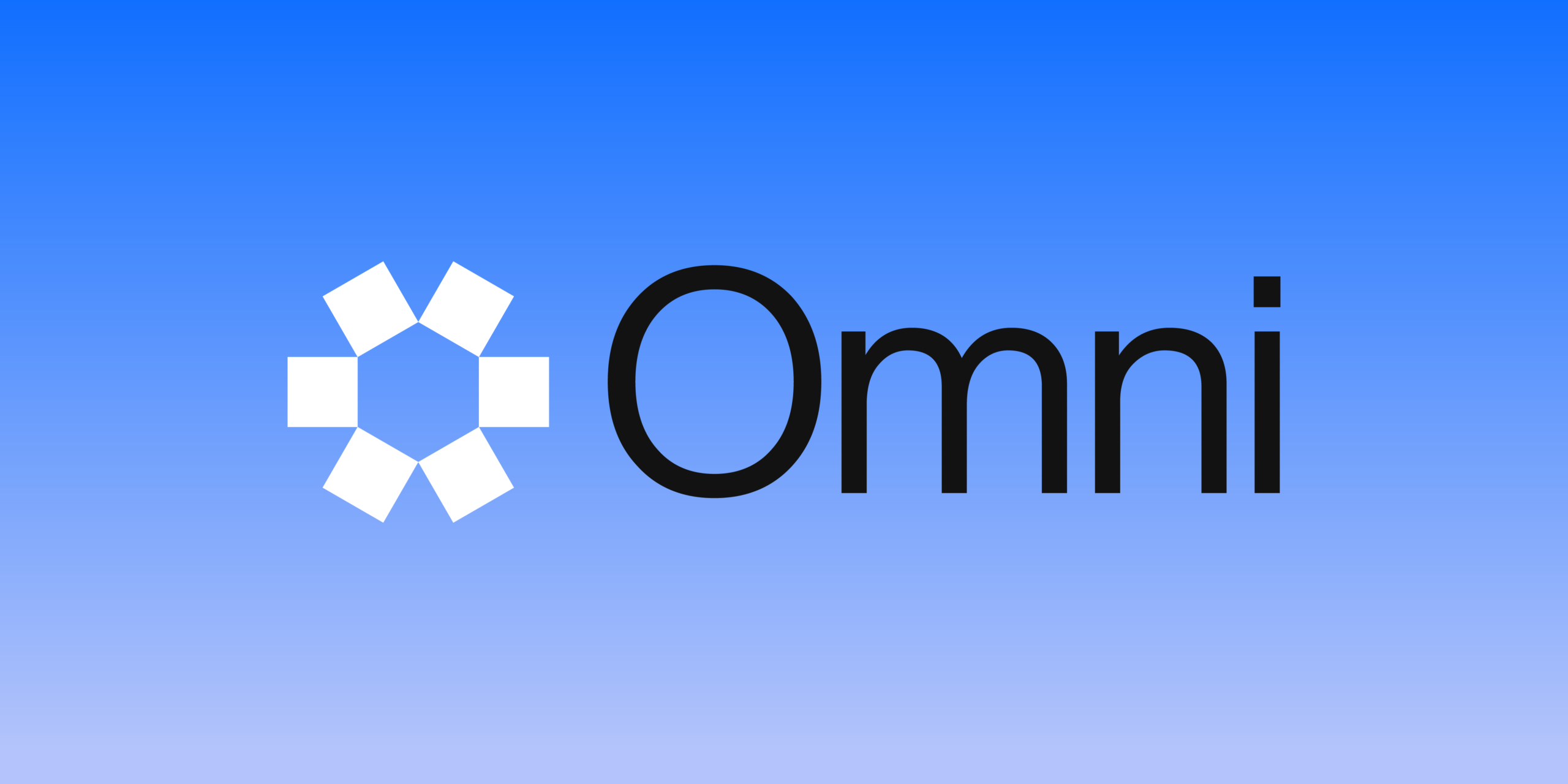Introduction
Kakarot zkEVM stands as an innovative Layer 2 scaling solution for Ethereum. Leveraging a zero-knowledge rollup (zkRollup) architecture, Kakarot is developed using Cairo, a Turing-complete zero-knowledge Domain Specific Language (zkDSL). The platform aims to innovate within the Layer 2 space, offering Ethereum compatibility, native account abstraction, and a robust development ecosystem.
Innovation
Kakarot’s innovation stems from integrating zero-knowledge proofs and Ethereum compatibility within a flexible zkRollup architecture. The platform’s use of Cairo, primarily powering StarkNet and other StarknetOS chains, positions it as an adaptable and innovative solution in the Layer 2 space.
Architecture
The architecture of Kakarot zkEVM consists of three key components:
Core EVM in Cairo: The core EVM is implemented in Cairo, allowing Kakarot to adapt swiftly to Ethereum protocol changes and support hard forks from the outset.
RPC Layer: This communication interface enables developers and users to interact with Kakarot as they would with Ethereum.
StarknetOS Client: The Cairo smart contracts are hosted on a StarknetOS chain, underpinning the Kakarot zkEVM and enabling smooth network operation.
Code Quality
The code quality of Kakarot zkEVM reflects the inherent strengths of Cairo, a language designed for provable programs, enhancing security through cryptographic assurances. This meticulous approach is crucial in a decentralized computing environment, ensuring the integrity and reliability of the platform.
Product Roadmap
Kakarot is in the alpha testnet phase, focusing on stability, scalability, and user experience. The roadmap emphasizes community feedback and extensive testing, addressing potential issues before broader deployment.
Usability
Kakarot zkEVM prioritizes usability through compatibility with Ethereum and native account abstraction. The platform leverages existing Ethereum tools, allowing users and developers to transition seamlessly. The native account abstraction simplifies user interaction, enhancing the overall user experience.
Kakarot zkEVM Team
The Kakarot team comprises experienced professionals in blockchain technology, cryptography, and software development. Their collective expertise drives the platform’s innovation and commitment to high-quality, secure code.
Conclusion
Kakarot zkEVM is a notable Layer 2 scaling solution for Ethereum, characterized by its innovative use of zero-knowledge proofs, compatibility, and robust architecture. The platform’s focus on innovation and scalability and its dedicated team position it as a promising player in the Ethereum ecosystem. However, navigating the complexities of cutting-edge cryptographic techniques will be crucial for its long-term success.
| Initial Screening | |||
| Keep researching | |||
| Does this project need to use blockchain technology? | Yes | ||
| Can this project be realized? | Yes | ||
| Is there a viable use case for this project? | Yes | ||
| Is the project protected from commonly known attacks? | Yes | ||
| Are there no careless errors in the whitepaper? | Yes | ||
| Project Technology Score | |||
| Description | Scorecard | ||
| Innovation (Out Of 11) | 10 | ||
| How have similar projects performed? | Good | 2 | |
| Are there too many innovations? | Regular | 1 | |
| Percentage of crypto users that will use the project? | Over 11% | 5 | |
| Is the project unique? | Yes | 2 | |
| Architecture (Out of 12) | 11 | ||
| Overall feeling after reading whitepaper? | Good | 2 | |
| Resistance to possible attacks? | Good | 2 | |
| Complexity of the architecture? | Not Too Complex | 2 | |
| Time taken to understand the architecture? | 20 – 50 min | 1 | |
| Overall feeling about the architecture after deeper research? | Good | 4 | |
| Has the project been hacked ? | No | 0 | |
| Code Quality (out of 15) | 14 | ||
| Is the project open source? | Yes | 2 | |
| Does the project use good code like C,C++, Rust, Erlang, Ruby, etc? | Yes | 2 | |
| Could the project use better programming languages? | No | 0 | |
| Github number of lines? | More than 10K | 1 | |
| Github commits per month? | More than 10 | 2 | |
| What is the quality of the code? | Good | 2 | |
| How well is the code commented? | Outstanding | 2 | |
| Overall quality of the test coverage? | Good | 1 | |
| Overall quality of the maintainability index? | Outstanding | 2 | |
| When Mainnet (out of 5) | 5 | ||
| When does the mainnet come out? | Mainnet Ready | 5 | |
| Usability for Infrastructure Projects (out of 5) | 5 | ||
| Is it easy to use for the end customer? | Yes | 5 | |
| Team (out of 7) | 6 | ||
| Number of active developers? | 5+ | 2 | |
| Developers average Git Background? | Senior | 2 | |
| Developers coding style? | Solid | 2 | |
| Total Score (out of 55) | 51 | ||
| Percentage Score | |||
| Innovation | 18.18% | ||
| Architecture | 20.00% | ||
| Code Quality | 25.45% | ||
| Mainnet | 9.09% | ||
| Usability | 9.09% | ||
| Team | 10.91% | ||
| Total | 92.73% |





